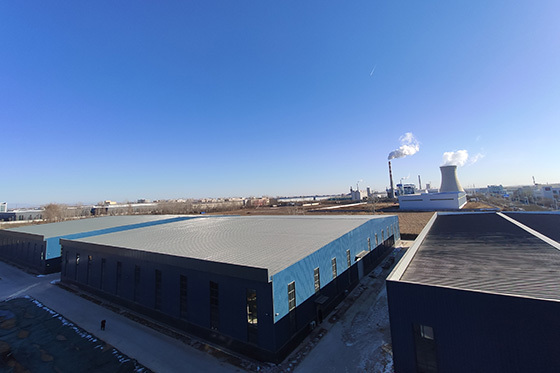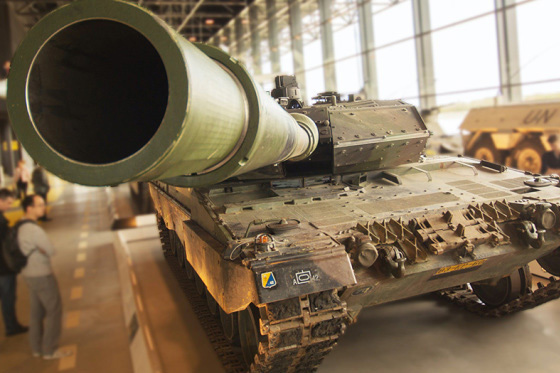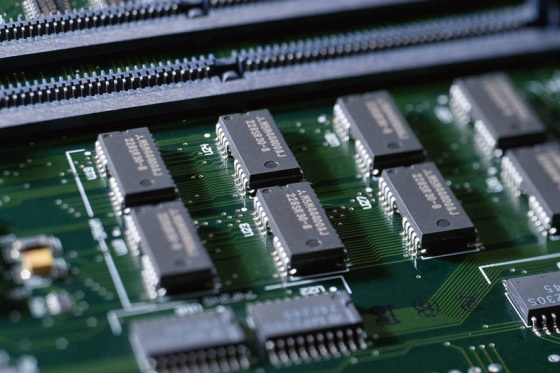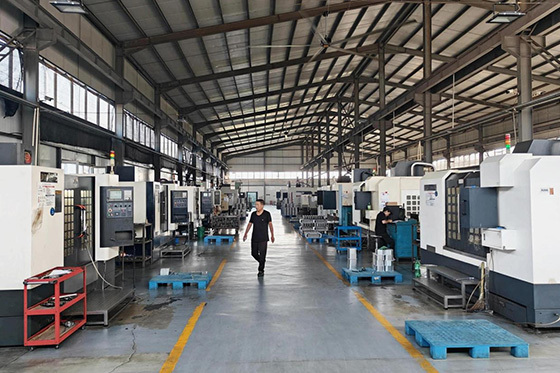Precautions for machining aluminum castings manufacturers
Release time:
Nov 20,2024
In the process of manufacturing aluminum castings, machining is one of the very important links and a key factor affecting product quality.
Aluminum alloy is a common metal material known for its high strength, corrosion resistance, excellent thermal conductivity, and formability, making it widely used in various fields. Aluminum castings are an important process in the processing of aluminum alloy materials, involving many key technical details. In the manufacturing process of aluminum castings, machining is one of the crucial steps and a key factor affecting product quality. This article will focus on the key points that aluminum casting manufacturers need to pay attention to during machining.
1. Process Preparation
- When selecting machine tools and cutting tools, factors such as the geometric shape, size, and precision of the aluminum castings should be considered. Generally, CNC machine tools are commonly used for processing aluminum castings. For tool selection, the characteristics of aluminum alloy materials, such as lower fracture toughness and high thermal conductivity, should be taken into account, opting for high-speed tungsten steel tools or end mills as efficient cutting tools.
- When designing the machining process, factors such as the material, hardness, and shape of the aluminum castings should be considered to choose appropriate processing techniques and parameters. For example, when machining complex aluminum castings, advanced processing techniques such as multi-axis linkage or five-sided machining can be employed to improve machining precision and efficiency.
- Properly securing the workpiece is also a key factor in ensuring machining precision and workpiece quality. Aluminum castings typically use various fixing methods such as threaded joints, chucks, and pneumatic suction. During the fixing process, care should be taken to avoid applying excessive force or overheating that could lead to deformation, which would affect the machining results.
2. Machining Process
- First, it is important to control the machining temperature. Due to the good thermal conductivity of aluminum alloy materials, high temperatures can easily occur during processing, which can cause damage to both the tools and the workpiece surface. To avoid this situation, measures should be taken to control the machining temperature, such as using cutting fluids, adjusting feed rates, and employing light cutting techniques.
- Reasonable cutting parameters are key to ensuring the machining precision and surface finish of aluminum castings. Parameters such as cutting speed, feed rate, and cutting depth should be determined based on factors like the hardness of the aluminum alloy material, surface condition, tool material, and machining process to ensure a smooth cutting process and easy chip removal.
- Strictly controlling machining errors is essential. During the machining process, various errors may occur, such as clamping errors, machine tool errors, and travel errors. Aluminum casting manufacturers should strictly control these errors during machining to avoid affecting product quality. For example, methods such as three-point positioning, adjusting clamping force, and reducing travel interference can be used to minimize errors.
3. Process Inspection
- Dimensional inspection is an important task in the machining process of aluminum castings, ensuring product quality and machining precision. Appropriate measuring tools and equipment, such as CNC measuring instruments, micrometers, and height gauges, should be used during inspection.
- Surface inspection is a crucial task for checking the surface quality and finish of aluminum castings. The surface of aluminum alloy materials is prone to various issues, so surface inspection must be conducted to ensure product quality.
Key words:
Popular Info



















